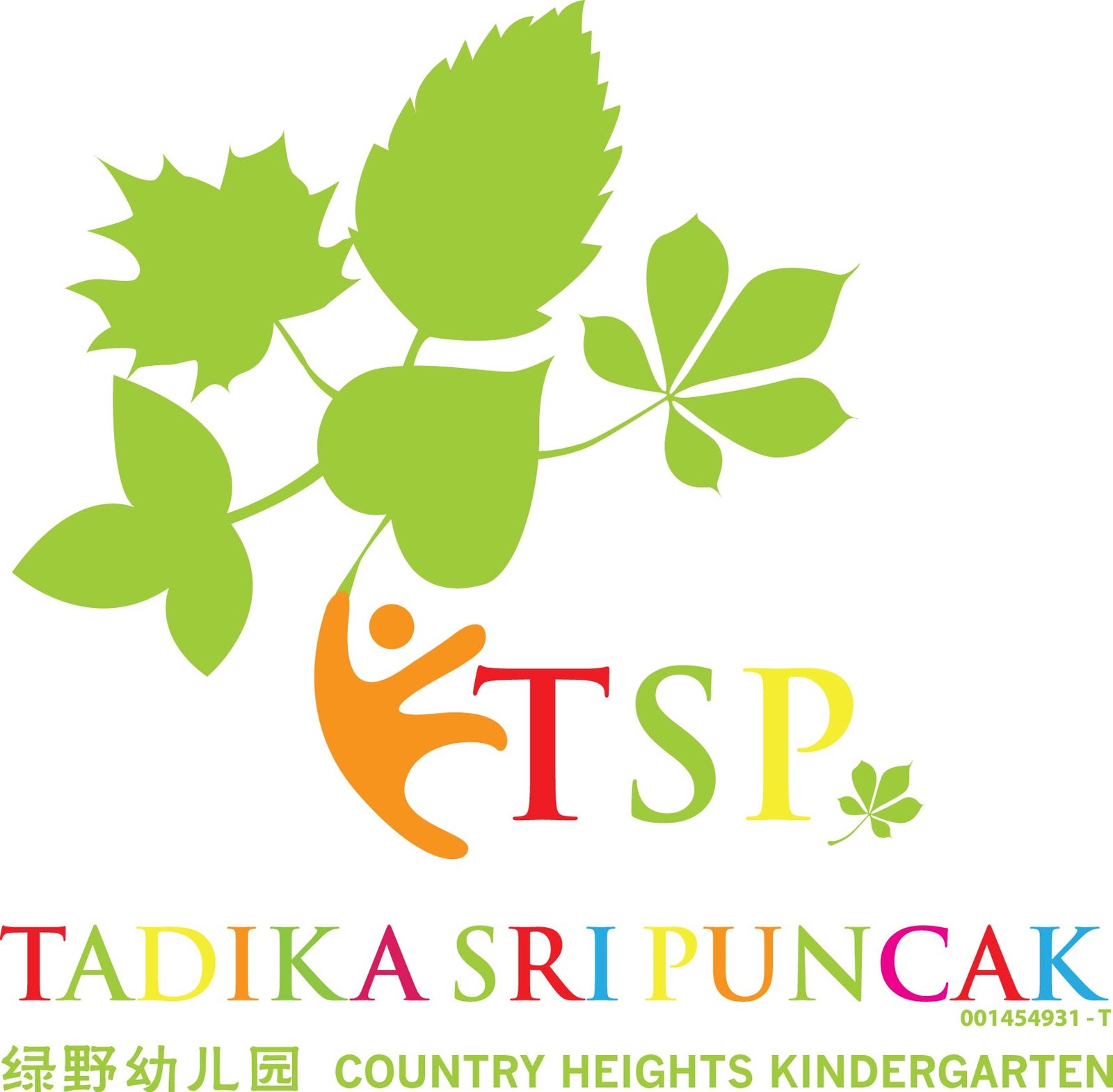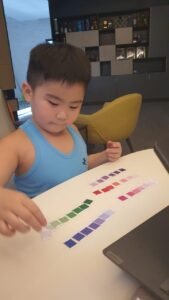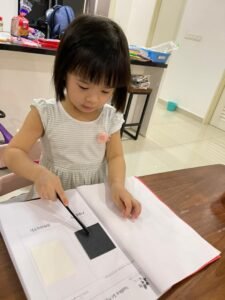
by Hidayah | Nov 15, 2021 | Montessori Learning, Sensorial
The constructive triangles are used to demonstrate that all geometric plane figures can be constructed from triangles. The triangles are called ‘constructive’ because they construct other rectilinear shapes. These materials provide a foundation for concepts of equivalency, similarity, and congruency.





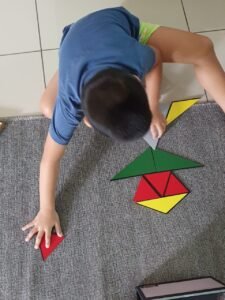

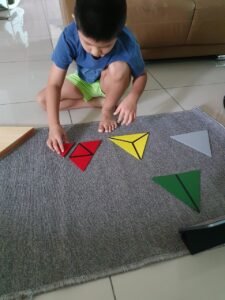


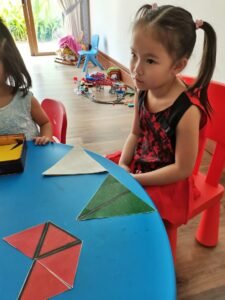
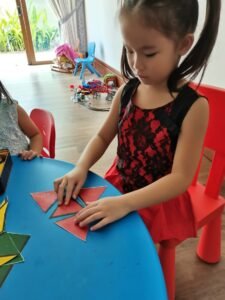




by Hidayah | Sep 20, 2021 | Sensorial
It’s polygons for Sensorial! Can you recall how much time it took for you to remember and understand the name of polygons? Through materialized concepts, children can understand these abstract concepts.

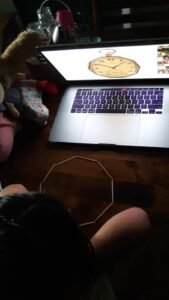


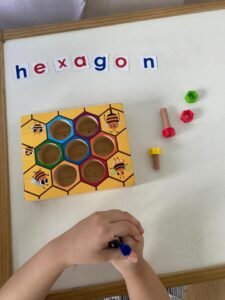
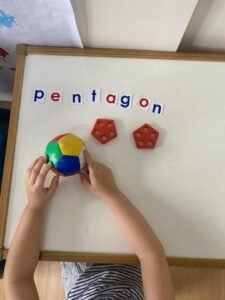
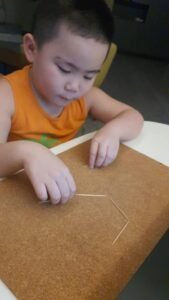

by Hidayah | Aug 16, 2021 | Montessori Learning, Sensorial
Children’s sensory exploration through touch alone and using a blindfold is the way to do it. They experienced pairing and sorting various surfaces using only their little hands! Which was challenging at first, but they were excited to try and finally succeeded!
Sensorial-rough and smooth: “Playing with texture in groups encourages co-operation and individual creative development. And just as importantly, it’s also great fun.” – Judith Stevens.
Everything around us has a shape AND a colour.
The elder children practised a deeper understanding of shapes, angles. And triangle is the best shape to study when it comes to angles.
When a child is aware of his environment, he is ready to discover more than he could be.


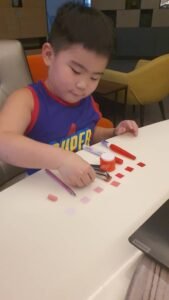
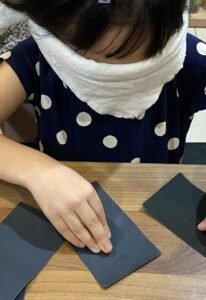

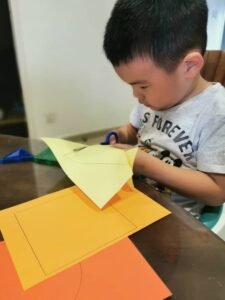
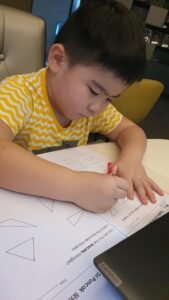

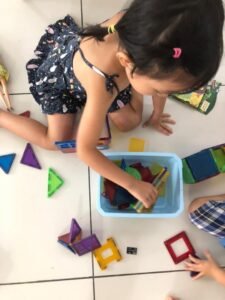
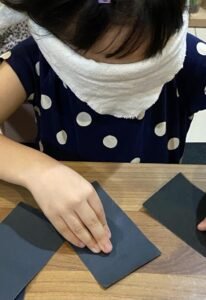
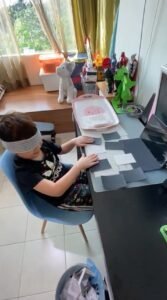
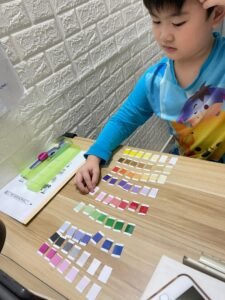
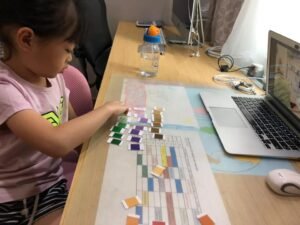

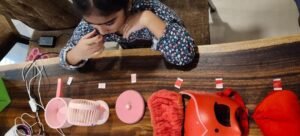

by Hidayah | Aug 9, 2021 | Sensorial
Sensorial activities are used in Montessori learning to help children in discrimination and order. They also help broaden and refine a child’s senses. When a child combines Montessori designed materials with sensorial work, it helps them become more logical, perceptive, and aware.
The Sensorial area allows the child to explore the world around her/him through the senses. These exercises help the child develop a keener eye for the discrimination of contrasts and minute details. Each material isolates one defining quality such as colour, weight, shape, texture, size, sound and smell.
Children are learning about gradation – from the darkest shade to the lightest shade.
Sensorial-rough and smooth: “Playing with texture in groups encourages co-operation and individual creative development. And just as importantly, it’s also great fun.” – Judith Stevens
















